Sign up for workout ideas, training advice, reviews of the latest gear and more.

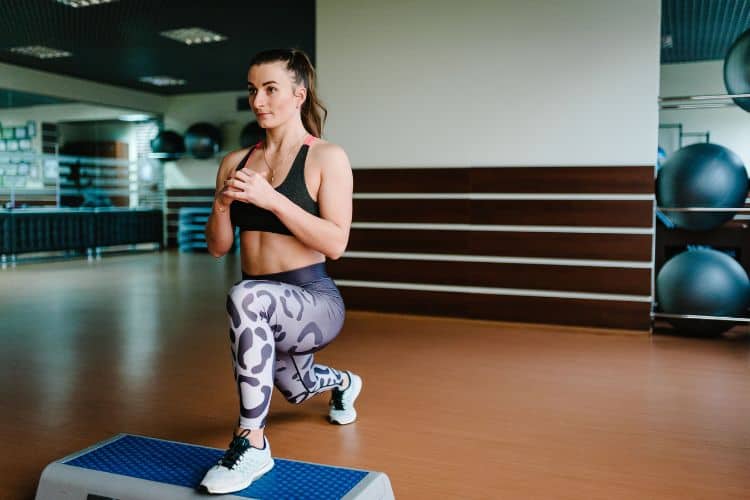
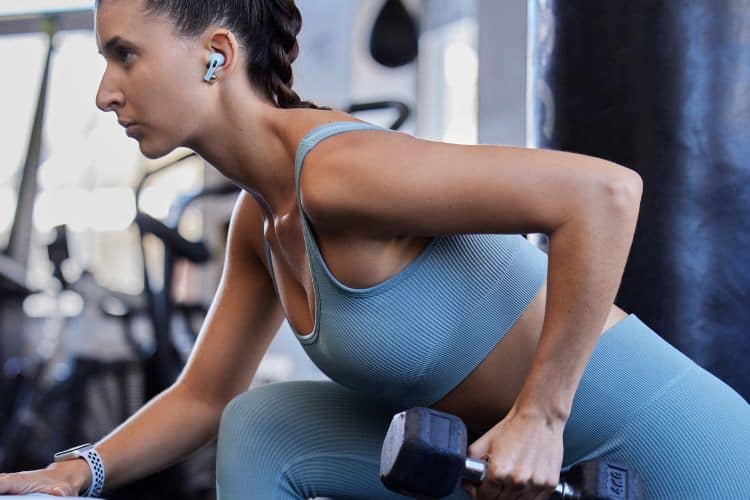
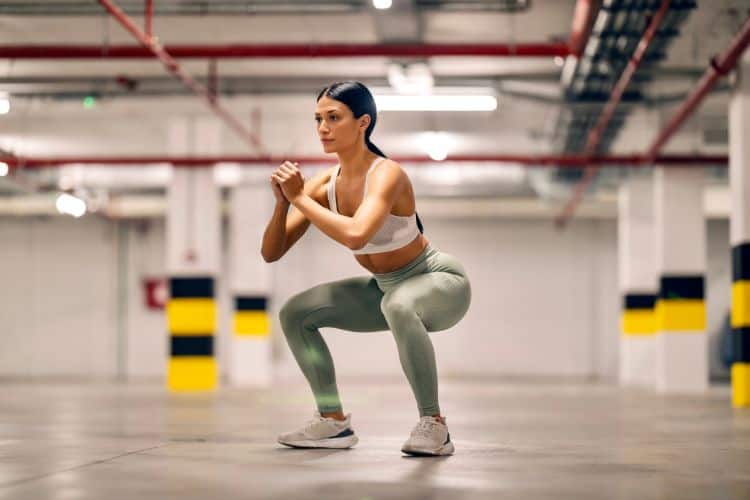
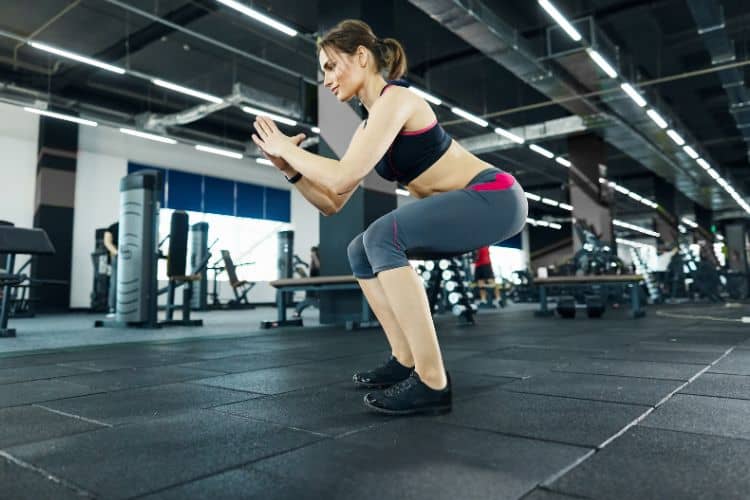
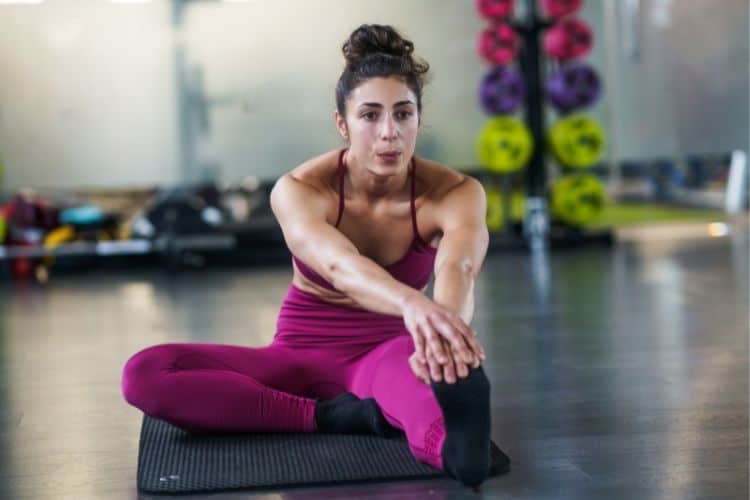
Flexibility plays a crucial role in overall fitness and daily functionality. Whether you’re an athlete, office worker, or someone seeking relief from stiffness, dedicating just 30 minutes a day to flexibility training can yield tremendous benefits. This 30-minute flexibility workout is designed to loosen tight muscles, enhance range of motion, and prevent injuries — all while helping you feel more relaxed and energized.
In this blog post, we’ll explore a full-body flexibility workout that fits into any schedule. The routine is suitable for beginners and experienced fitness enthusiasts alike, requiring no equipment and offering a balance of static, dynamic, and active stretching.
Flexibility training focuses on stretching muscles and connective tissues to increase range of motion in joints. It improves posture, reduces muscular imbalances, and promotes relaxation. Flexibility can be enhanced through:
Flexibility workouts are low-impact but powerful tools to aid in recovery, reduce soreness, and prepare the body for other workouts.
Incorporating a half-hour of flexibility work into your day offers benefits such as:
Stretching helps increase the range through which your joints can move, allowing you to perform movements with better form and less restriction.
Flexible muscles are less prone to strains and tears. Regular stretching supports better balance, coordination, and functional movement, reducing the risk of injury.
Flexibility training calms the nervous system, lowers cortisol levels, and releases built-up muscular tension — ideal after long hours of sitting or standing.
Improved mobility allows for deeper squats, smoother lunges, and more efficient movement during exercises like running or weightlifting.
Stretching lengthens tight muscles such as the hip flexors, chest, and hamstrings that commonly cause poor posture.
A complete flexibility routine should include:
Let’s break it down step-by-step.
Goal: Light movement to increase circulation and prepare joints for stretching.
Goal: Activate muscles and promote functional mobility.
Goal: Improve deep flexibility and muscle relaxation.
1. Seated Forward Fold – 1 minute
Stretches: hamstrings, calves, spine
Keep spine long, hinge from hips.
2. Butterfly Stretch – 1 minute
Stretches: inner thighs, groin
Press knees down gently with elbows.
3. Half Kneeling Hip Flexor Stretch – 1 minute each side
Stretches: hip flexors, quads
Tilt pelvis forward slightly to intensify stretch.
4. Lying Hamstring Stretch (with towel or band) – 1 minute each leg
Stretches: hamstrings
Keep the opposite leg flat on the floor.
5. Standing Calf Stretch on Wall – 1 minute each leg
Stretches: calves and Achilles tendon
6. Cross-Body Shoulder Stretch – 1 minute each arm
Stretches: shoulders and rear delts
7. Chest Stretch Against Wall – 1 minute each side
Stretches: chest and front delts
8. Overhead Triceps Stretch – 1 minute each arm
Stretches: triceps, shoulders
9. Thread-the-Needle (Thoracic Spine Rotation) – 1 minute each side
Stretches: mid-back, shoulders
10. Child’s Pose with Side Reach – 1 minute
Stretches: lats, spine, obliques
Goal: Ease the nervous system into recovery mode.
Avoid static stretches on cold muscles. Perform light cardio or dynamic moves first.
Don’t hold your breath. Exhale gently as you deepen each stretch.
Avoid ballistic (bouncing) stretches as they can cause injury.
Flexibility builds over time. Aim for at least 3–5 sessions a week.
Stretch to the point of mild discomfort, not pain. Never force a position.
This 30-minute flexibility workout is suitable for:
Whether you’re trying to complement strength training, reduce soreness, or improve posture — this flexibility sequence is for you.
Yes, unlike strength or HIIT training, flexibility workouts can be safely performed daily. In fact, daily stretching has been shown to:
For best results, combine flexibility routines with foam rolling, strength training, and hydration.
Include longer holds in Child’s Pose, Supine Twist, and Savasana. Focus on breath.
Emphasize hamstrings, calves, hip flexors, and inner thighs.
Spend more time on shoulder, chest, and upper back stretches.
Spending just 30 minutes a day on stretching can drastically improve your quality of life. From sitting less stiffly to lifting more efficiently, flexibility training fills the gaps that traditional workouts often ignore.
Consistency is key — treat flexibility not as an afterthought, but as an integral part of your fitness routine. With this 30-minute flexibility workout, you’ll move better, feel lighter, and unlock your body’s true potential.
You may notice improvements in posture and reduced tightness in 1–2 weeks. Long-term gains usually appear after 4–6 weeks of consistent practice.
Yes, stretches like Child’s Pose, Cat-Cow, and Supine Twist can relieve back pain and realign the spine.
No. Flexibility is about muscle length. Mobility includes strength and control through a range of motion.
Dynamic stretches are ideal before workouts. Static stretches are best after or on recovery days.
Want more effective workouts?
Subscribe to our blog or follow us on Pinterest for new routines, challenges, and fitness tips!
Stay up to date on the latest women’s health, fitness and lifestyle trends and tips.